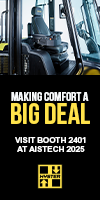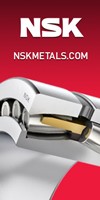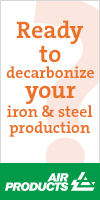voestalpine Stahl Starts Up Automated Thick Slab Caster from Siemens VAI
11/10/2011 - voestalpine Stahl GmbH successfully cast the first two ladle heats on September 20 in the new CC7 continuous casting line delivered by Siemens VAI. The casting line is designed to produce slabs with thicknesses up to 355 mm at widths of up to 2200 mm.
voestalpine Stahl GmbH successfully cast the first two ladle heats on September 20 in the new CC7 continuous casting line delivered by Siemens VAI. The casting line is designed to produce slabs with thicknesses up to 355 mm at widths of up to 2200 mm.
Two LiquiRob industrial robot systems have been installed in the new CC7 continuous slab caster at the Linz production site. The robots have been installed in front of and behind the ladle turret, one near the ladle support and the other in vicinity of the tundish car. They assume tasks such as automatic connection of electrical and utility supply to the ladle, connection of the shroud and sliding cylinder, and the unlocking of the ladle tilt hinge bolt. Procedures at the tundish such as temperature measurements, the determination of oxygen and hydrogen content, sample taking, the addition of casting powder, and ladle oxygen lancing are now completely automated and carried out by the robots.
The continuous casting line was equipped with a variety of technological packages, including the automatic LevCon mold level adjustment system, the MoldExpert strand breakout protection system, SmartMold cassette molds for rapid exchange of the copper plates and narrow faces of the mold, and DynaWidth for dynamic mold width adjustment during casting operation. The DynaFlex mold oscillation system flexibly adjusts oscillation parameters. The strand guide system is equipped with the remotely adjustable Smart Bender and Smart Segments that work together with the DynaGap Soft Reduction 3D system to allow rapid and automatic slab thickness changes. EcoStar strand guide rollers are used for strand support.
The newly developed Dynacs 3D process model for secondary cooling dynamically calculates a 3D temperature profile along the entire strand. This calculation model can be used to determine the operating points of secondary cooling, precisely defining final strand solidification as dependent on the casting speed, slab format and steel grade. Improved internal slab quality homogeneity for the production of highest-quality heavy plates is made possible with DynaGap Soft Reduction 3D technology. This is achieved through the precise adjustment of the roller taper in the area of final strand solidification according to the setpoints calculated by Dynacs 3D. The 3D Spray System with its movable nozzles in the segments allows homogeneous and optimized cooling of the slabs across the entire width range of 740 to 2200 mm.
The CC7 continuous casting line is equipped with a straight mold and a bottom feeding system to minimize setup times and is designed for an annual production volume of 1.2 million tonnes of slabs. Slabs can be cast in the line in thicknesses of 225, 285, and 355 mm and in widths ranging between 740 and 2200 mm. The casting bow radius is 10 m, and the metallurgical length is 35 m. About 70% of the produced slabs will be further processed into heavy plates.
Siemens VAI was responsible for all of the engineering activities and delivered the turnkey process equipment for the casting line, including engineering, assembly, and startup supervision. The project also included the basic and process automation systems.
In the Linz steelworks of voestalpine Stahl GmbH, approximately 5.5 million tonnes of steel are produced, cast, and further processed each year into high-quality coated and uncoated flat products, which are used primarily in the form of sheets and coils in the European automotive, household-appliance, and construction supply industries. The target is to increase steel production in the works to approximately 6 million tonnes per year.


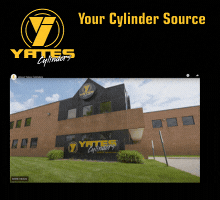
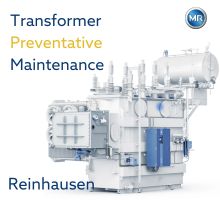-(220-x-200-px)-(130-x-130-px)-(220-x-200-px).jpg?lang=en-US&ext=.jpg)
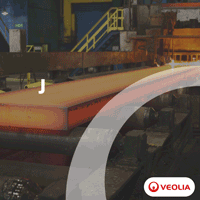.gif?width=200&height=200&mediaprotectionhash=ddb07947ad3b4ab959a83714461eccd5c6895f370695eb035a9ff7aa736f8ad9&ext=.gif)

